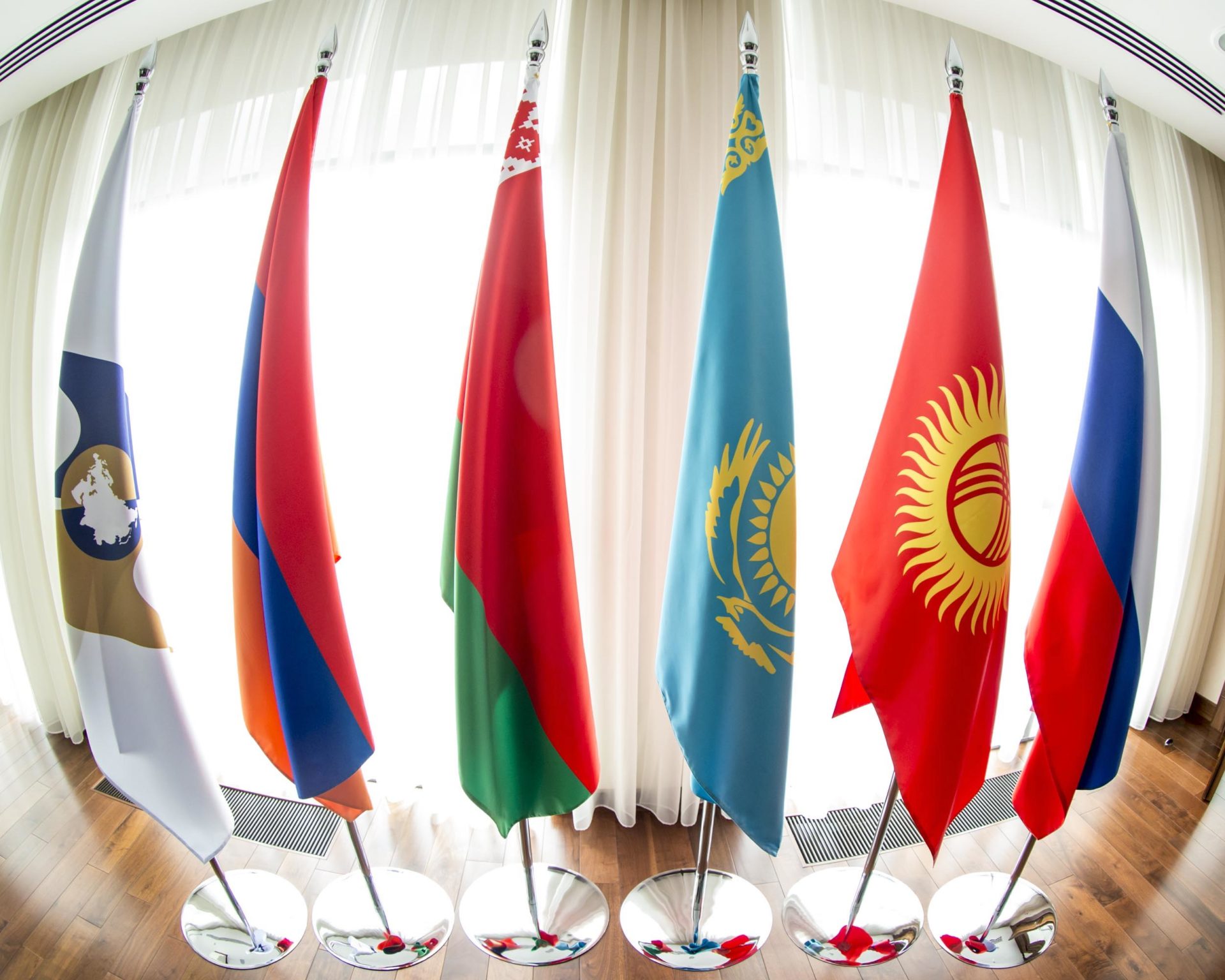On June 24, the Eurasian Economic Commission presented the first study on the prospects for the development of cooperation between the Eurasian Economic Union and the region of Latin America and the Caribbean (LAC). The report was prepared jointly with the United Nations Economic Commission for Latin America and the Caribbean. What promising areas for trade development have been identified? How does the EAEU interact with Latin American countries today?
Over the past few years, the Eurasian Economic Commission has signed memorandums of understanding and cooperation with the United Nations Economic Commission for Latin America and the Caribbean, the General Secretariat of the Andean Community, the Latin American Economic System, and the Secretariat for Economic Integration in Central America, the Common Market of South America (MERCOSUR). In September 2019, the forum “Eurasian Economic Union – States of Latin America and the Caribbean: Cooperation for the Development of Regional Integration” were held in Antigua (Guatemala), which became the first high-level joint event with the participation of the EEC, the EAEU states, countries and integration associations LAC.
Leading economic experts note that Latin American markets have long been of particular interest to Eurasia. Initially, the European Union tried to conclude a free trade agreement with the South American association MERCOSUR, but now the EAEU has taken the same path. The memorandum on trade and economic cooperation assumes that the authorized agencies will conduct a very wide-ranging dialogue in the areas of trade, customs administration, technical regulation and standardization, digitalization of the economy, as well as in other areas of mutual interest. In turn, the heads of the EAEU states emphasize that the Latin American states were able to demonstrate their intention to adhere to market principles of the economy, stand for open economies, without protectionism, for strengthening international cooperation on a wide range of issues.
Two weeks ago, the Eurasian Economic Commission for the first time presented a report analyzing the possible prospects for the development of interaction between the EAEU states and the Latin America and the Caribbean (LAC) region. In connection with the report, the EEC Minister for Integration and Macroeconomics Sergey Glazyev noted that over the past year and a half the Commission has been actively working with LAC countries and integration associations, but the scale of trade is still not high.

Through this document, the states of the regions have confirmed their adherence to the common principles of diplomatic multilateralism, and support the principles of transparency and multilateralism in international trade. Today, there is cooperation at the level of joint business initiatives in such areas as pharmaceuticals, mechanical engineering, IT services, and others. At the same time, the low volumes of trade and direct investments, with the exception of offshore ones, indicate that the potential for interaction has not been fully realized. This determines the relevance of the search for the most promising areas of cooperation and the identification of constraining factors.
Glazyev emphasized that from the very beginning, the EAEU existed for the export of highly processed products, for mechanical engineering and high-tech products, but the market has so far been developed to an insignificant extent. Difficulties are primarily a consequence of the geographical remoteness, high logistics costs and, as a result, the weak price competitiveness of the EAEU products in the markets of the LAC countries. According to Glazyev, the main task of the association is to overcome geographical barriers with the help of modern technologies.
In recent years, the bulk of cooperation between the EAEU and the LAC has been in Russia’s trade with Brazil, Mexico and Ecuador. In 2019, Russia accounted for 89% of the total exports of the EAEU countries to the LAC region and 93.6% of imports, which is in line with the level of previous years. By the way, the main Russian export goods are nitrogen fertilizers and petroleum products.
Turning to other EAEU countries, for example, Kazakhstan exports more sulfur, and Belarus – potash fertilizers. Imports are mainly represented by agricultural products. As for Armenia and Kyrgyzstan, their trade with the LAC countries is unstable and driven by one-off supplies.
As noted in the above study, there are good examples of inter-regional cooperation at the enterprise level. Some of them are: the activities of the joint venture “KamAZ” (Russia) and “Marcopolo” (Brazil) on the assembly of buses in Neftekamsk, exploration work of the Belarusian-Ecuadorian consortium “Equaservoil” in Latin America, production of influenza vaccines by a joint Russian-Nicaraguan enterprise “Latin American biotechnological enterprise of Mechnikov”, the supply of IT solutions and services in Latin America by the Russian company “Softline”, the project for the localization of the production of vaccines “Sputnik V” and “Sputnik Light”and others.

According to the authors of the report, the prospects for expanding interregional trade are associated with raising awareness of a wide range of companies and potential investors about the opportunities for common markets of the EAEU with Latin American countries. Among the promising products that can become catalysts for the growth of commercial activity, two groups are noted. First of all, trade in services, in particular financial and digital, the supply of which is not associated with the physical movement of the seller or buyer. Secondly, trade in products that have no direct or competitive analogues in geographically closer countries, including specific raw materials and agricultural products (this subgroup should include, for example, palladium from the Russian Federation, coffee from LAC); cultural products (for example, fruit liqueurs from Armenia); products of high added value, which are the subject of specialization of the region (jewelry of the EAEU countries).
Based on the results of the study, the experts provided recommendations for the development of cooperation in such areas as joint projects in the field of traditional and renewable energy, scientific and technical cooperation and tourism.
In recent years, two fundamental factors have hindered full-scale economic interaction between the EAEU and the LAC countries. The first one is related to the remaining internal problems within the regional integration processes in Latin America. According to political observers, certain political and economic actors in Argentina and Brazil are still seeking to “reset” and “reorganize” such groups as the MERCOSUR, which they consider useless in terms of responding to the challenges facing the Latin American region in the 21st century.
This tendency is reinforced by the Brazilian administration, headed by Jair Bolsonaro (Port. – Jair Messias Bolsonaro). It is worth recalling his repeated statements that regional integration is not on his government’s list of priorities. The economic crisis caused by the pandemic is also having an impact. Thus, it is quite obvious that regional integration associations still have their own internal problems that need to be addressed. The second aspect is associated with geopolitical concerns, which in many respects have recently determined the foreign policy of the countries of the region.


